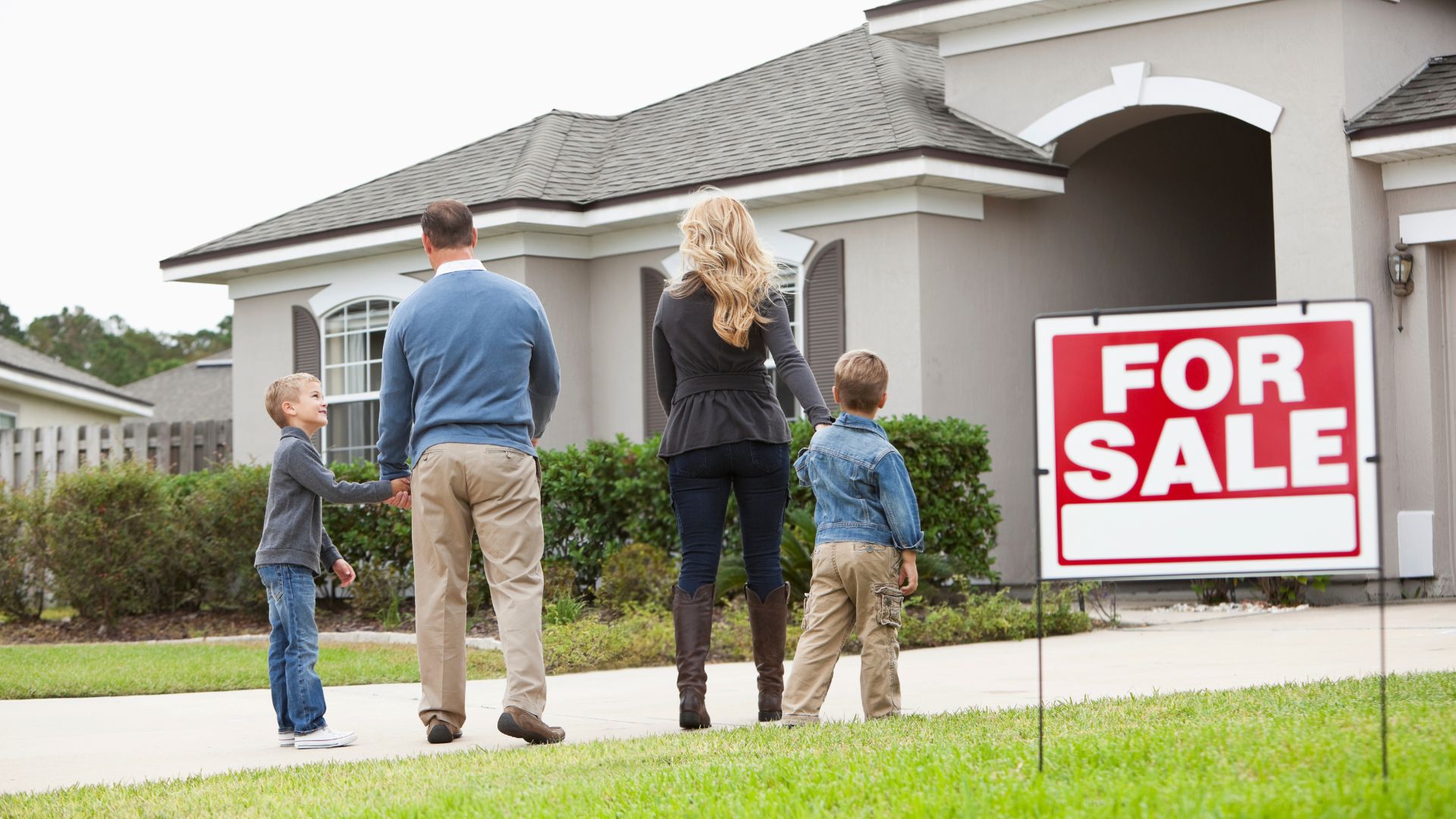If you find yourself dealing with roof damage after a hurricane, it’s crucial to act swiftly and methodically to ensure your home remains safe and secure. Here’s a step-by-step guide on what to do if your roof suffers hurricane damage.

Ensure Safety First
Before you do anything, prioritize safety. Check for hazards like downed power lines, gas leaks, or structural damage. If you suspect any dangerous conditions, evacuate the area and contact emergency services immediately. Only return to your home once it has been deemed safe.
Assess the Damage
Once it’s safe to do so, conduct a thorough inspection of your roof. Look for visible signs of damage such as:
- Missing or broken shingles
- Cracked or damaged flashing
- Leaks or water stains on the ceiling
- Debris lodged in gutters or around the roof
Use binoculars to get a closer look if you’re unable to safely get on the roof. Document all damage with clear photographs or videos, as this will be crucial for insurance claims.
Temporary Repairs
To prevent further damage and protect your home, make temporary repairs. Here’s what you can do:
- Cover Leaks: Use a tarp to cover any exposed areas. Secure the tarp with boards or heavy objects to keep it in place.
- Remove Debris: Clear any debris from your roof and gutters to prevent additional blockages and damage.
- Seal Small Gaps: Apply roofing tape or sealant to minor cracks or holes.
If you’re not comfortable making these repairs yourself, hire a professional. Many roofing companies offer emergency services after hurricanes.
Contact Your Insurance Company
Report the damage to your insurance provider as soon as possible. Provide them with the documentation you’ve collected, including photos and a detailed description of the damage. Your insurance company will guide you through the claims process and may send an adjuster to assess the damage further.
Hire a Professional Roofing Contractor
Once you have contacted your insurance company, it’s time to find a reputable roofing contractor. Look for a contractor with experience in hurricane damage repairs and check their references and reviews.
Get multiple quotes and compare them, but don’t always go with the lowest bid. Quality and experience are crucial, especially for hurricane-related repairs. Your chosen contractor will perform a thorough inspection, provide a detailed repair plan, and handle the necessary paperwork with your insurance company.
Consider Long-Term Repairs and Upgrades
While repairing immediate damage is essential, you might also want to consider long-term improvements to prevent future issues. Upgrading to hurricane-resistant roofing materials and strengthening your roof’s structure can help mitigate damage from future storms. Your contractor can advise you on the best options for your home.
Monitor and Maintain Your Roof
After repairs are complete, keep an eye on your roof and perform regular maintenance. Regular inspections and upkeep can prevent small issues from becoming major problems. Clean your gutters, check for signs of wear and tear, and address any concerns promptly.
Conclusion
Dealing with roof damage after a hurricane can be stressful, but taking swift, informed action can minimize the impact on your home. Prioritize safety, document the damage, make temporary repairs, and work with professionals to ensure your roof is repaired and reinforced. By following these steps, you can restore your home and better prepare for future storms.






